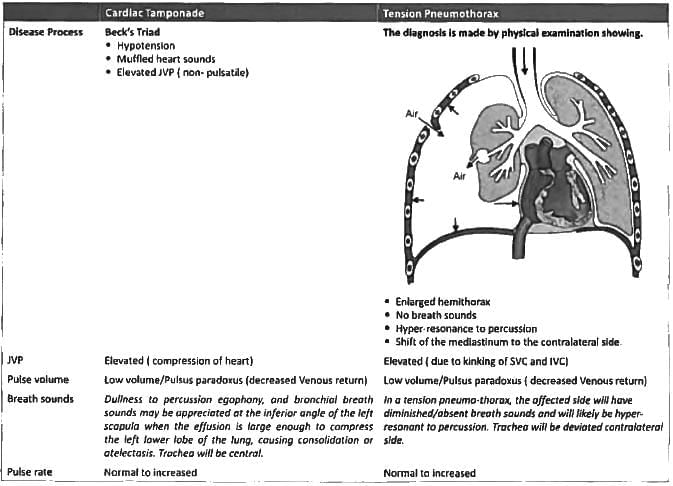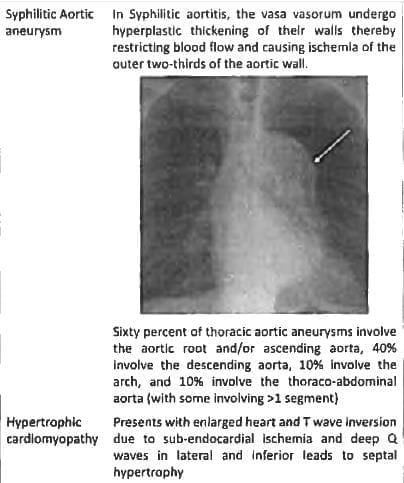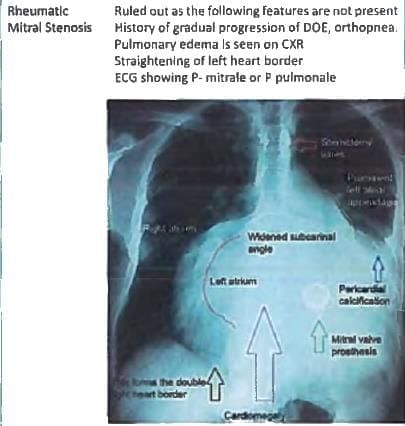Test: Pericardial Diseases - NEET PG MCQ
10 Questions MCQ Test - Test: Pericardial Diseases
A male patient is brought to ER after a car crash. He had dyspnea with chest pain and ecchymosis on the anterior chest wall. On examination pulse rate is 120/min with BP= 80/50 mm Hg, elevated JVP and reduced breath sounds on left side of chest. Pelvis and extremities are normal. Diagnosis is? (AIIMS May 2018)
While measuring blood pressure of cardiac tamponade patient what advise will you give him? (AIMS Nov 2018)
A patient with suspected cardiac tamponade is admitted to your ward. Which of the following is correct about examination of the patient? (AIIMS May 2016)
Which of the following can differentiate between Cardiac tamponade and Tension pneumothorax? (AIIMS Nov 15)
This patient, previously healthy, came with dyspnea and low grade fever since 4 months. His lungs are clear. JVP is normal. ECG showed low voltage complexes. What is the possible diagnosis? (APPG 2015)
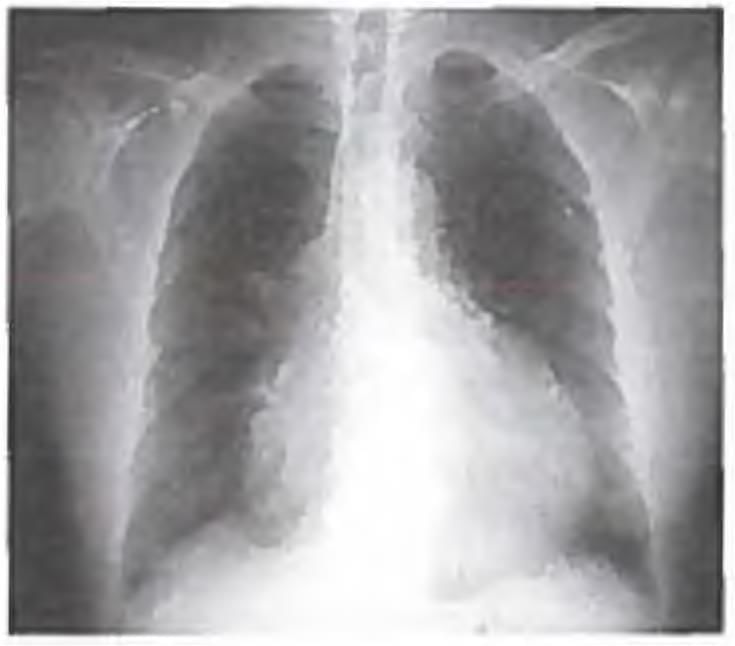
Beck's triad of cardiac tamponade includes all, except?
Hypotension with muffled sounds and congested neck veins is seen in? (Recent Question 2015-16)
Incorrect about Dressler syndrome is? (Recent Question 2015-16)
A 60-year-old smoker presents with breathlessness for 2 weeks. On examination: heart rate is 100/min, BP =90/60 mm Hg and neck veins are distended with a palpable liver. CXR is shown. Probable diagnosis is?
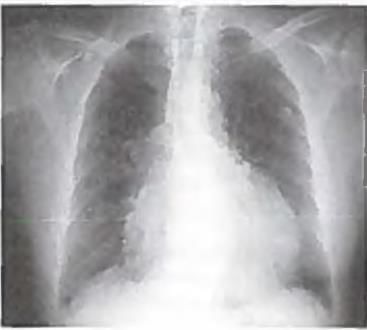
Restrictive and constrictive pericarditis occurs together in: (Recent Pattern 2014-15)



